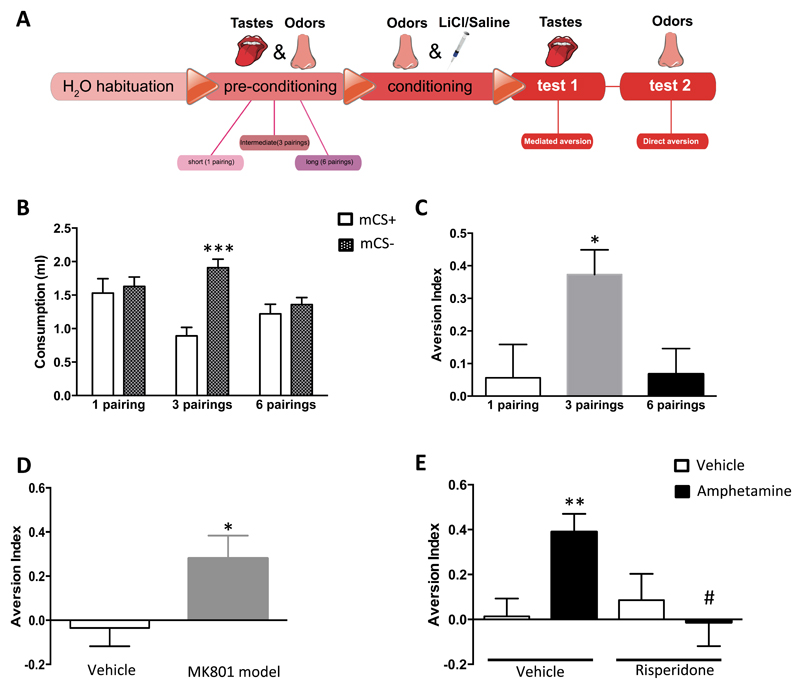Figure 4. Validation of the mediated aversion “reality testing” paradigm in mice.
(A) Schematic representation of the behavioral protocol. For further details see Methods and Supplementary Figure 4. (B-C) Effect of the number of odor-taste pairings during preconditioning phase on odor-mediated taste aversion: (B) Consumption of tastes (i.e. mediated CS) [2-Way ANOVA with repeated measures, interaction, F(2,27)=3.98, p<0.05; n=10]. Solid bars indicate consumption of taste paired with devaluated odor (mCS+), and dashed bars indicate consumption of taste paired with undevaluated odor (mCS-, see methods). (C) Aversive index [1-Way ANOVA, F(2,27)=0.3, p<0.05; n=10-12]. (D-E) Effects of psychotogenic treatments on mediated aversion “reality testing” paradigm (mice receiving 6 odor/taste pairings during pre-conditioning): (D) Aversion index in adult animals subchronically treated with MK801 during adolescence (post-natal days 21-28, 1 mg/kg, i.p.) (t-test, p<0.05, n=10-11). (E) Effect of acute pre-test administration of amphetamine (2.5 mg/kg, i.p.) [2-Way ANOVA, interaction, F(1,56)=5.9, p<0.05; n=10-20]. *, p<0.05; **, p<0.01 as compared to vehicle control, ***, p<0.001 as compared to mCS+; @, p<0.05 as compared to 1- and 6-pairings groups; #, p<0.05 as compared to amphetamine group.

